Mastering Electric Bike Brake Performance: A Comprehensive Guide to Maintenance and Safety

In recent years, electric bikes have become very popular because they are easy to use, good for the environment, and can make commuting easier. But, just like with any other bike, making sure the brakes work well is important for a safe and fun ride.
In this guide, we'll talk about different ways to take care of your electric bike's brake system, as well as safety tips and advice from experts. No matter how long you've been riding or how new you are to electric bikes, we'll show you how to keep your brakes in good shape and make sure you have a safe ride.
The Importance of Electric Bike Braking Performance
The importance of electric bike brake performance cannot be understated, as it directly affects the safety and control of the rider. Here are a few key reasons why brake performance is crucial:
Safety
Efficient brakes are essential for ensuring the safety of both the rider and others on the road. Electric bikes can reach higher speeds than traditional bicycles, so having reliable brakes that can bring the bike to a quick stop is crucial in emergencies or when navigating through traffic.
Control and Handling
Good brake performance allows riders to have better control over their electric bikes. Responsive brakes enable riders to modulate their speed, slow down, and make precise maneuvers with ease. This is important when navigating tight corners, downhill descents, or crowded urban areas.
Confidence
Riders feel safe when their brakes work well, so they can enjoy their electric bike rides without worrying too much. Riders can enjoy the ride more and worry less about potential dangers when they know their brakes will work quickly and well.
Extended Battery Range
Regenerative braking systems are often found on electric bikes. These systems use the braking action to charge the battery. The bike's battery will last longer and won't need to be charged as often if the brakes work well.
Longevity and Maintenance
High-quality brakes that function will require less maintenance and have a longer lifespan. Regular wear and tear on brake pads and other components may occur, but efficient brakes experience less strain and reduce the likelihood of premature failure.
Purpose of Electric Bike Brake Performance, Maintenance, and Safety Tips
The purpose of providing e-bike brake performance maintenance and safety tips is to ensure the optimal functioning of the braking system and promote safe riding practices. Maintaining good brake performance is crucial for your safety and the safety of others on the road.
The growing popularity of e-bikes and the need for proper braking functionality
certainly! In the past few years, e-bikes have become much more popular. These bikes have electric motors that help the rider pedal. This makes the bikes faster and makes more people able to ride them.
One important thing about e-bikes is that they need to have good brakes. With the extra power and speed that electric motors give, it's important to have a braking system that works well and is reliable. Electric bikes usually weigh more than regular bikes because they have extra parts like electric motors, batteries, and other electrical parts. Because of the extra weight and faster speed, the rider needs a strong braking system to keep them safe.
The company that makes Shengmilo e-bikes knew this was important, so they built their bikes with advanced braking technology. Hydraulic disc brakes are often used on e-bikes because they stop well and can be adjusted. These brakes use hydraulic fluid to send force, which makes them more consistent and reliable, even in harsh conditions.
E-bikes may also have regenerative braking in addition to a good braking system. With regenerative braking, the electric motor can work like a generator, turning the kinetic energy made when the bike slows down into electricity that can be used to charge the battery. This feature not only makes the e-bike work better overall, but it also makes it go farther.
It's important to remember that the braking system needs to be properly maintained and checked regularly to work well. The brake pads on an electric bike should be checked for wear often and replaced or adjusted as needed. Also, it's important to know how an e-bike stops, especially when riding at high speeds or on rough terrain, so that you can ride safely and enjoyably.
Explanation of different types of e-bike brakes (mechanical vs. hydraulic)

Electric bikes (e-bikes) can have different types of brakes, including mechanical brakes and hydraulic brakes. Let's explore each type and discuss the components involved in the braking mechanism, as well as the importance of brake pads.
Mechanical Brakes
Mechanical brakes on e-bikes use cables to transmit the force from the brake lever to the brake caliper. When you squeeze the brake lever, it pulls the cable, which in turn activates the brake caliper, causing the brake pads to press against the rotor or rim surface to create friction and slow down the bike. Mechanical brakes are generally easier to maintain and repair compared to hydraulic brakes.
Hydraulic Brakes
Hydraulic brakes on e-bikes use a hydraulic fluid system to transmit the force from the brake lever to the brake caliper. When you squeeze the brake lever, it compresses the fluid in the brake hose, which then applies pressure to the pistons in the brake caliper. The pistons push the brake pads against the rotor or rim surface to generate friction and slow down the bike. Hydraulic brakes usually offer better modulation and more consistent performance compared to mechanical brakes, but they can be more complex to maintain and repair.
Components involved in the braking mechanism
Brake lever
The lever that you operate with your hand to activate the brakes.
Brake cable or hydraulic hose
This transmits the force from the brake lever to the brake caliper.
Brake caliper
Holds the brake pads and applies pressure against the rotor or rim surface to create friction.
Brake pads
These are the replaceable components that make contact with the rotor or rim surface. When the brake is engaged, the brake pads press against the rotor or rim to create friction, which slows down the bike.
Rotor or rim
The part of the car that the brake pads touch. In disc brakes, a separate rotor is attached to the wheel hub, while in rim brakes, the brake pads press against the sides of the wheel rim.
Importance of brake pads
Brake pads play a crucial role in braking performance. They are responsible for generating friction against the rotor or rim surface, which slows down the bike. High-quality brake pads with appropriate materials and designs can provide better stopping power, modulation, and durability. They should be regularly inspected and replaced if they become worn to ensure optimal braking performance and safety.
Regular maintenance tips for electric bike brakes
Regular maintenance of electric bike brakes is essential for optimal performance and rider safety. Here are three tips to help you maintain your electric bike brakes:
Regular Inspection and Cleaning
It's important to inspect and clean your brake components regularly to ensure they are in good working condition. Start by visually examining the brake calipers, pads, and rotors for any signs of wear or damage. Look for uneven pad wear, cracks, or grooves on the rotors. Clean the brake calipers and pads with a soft brush or cloth to remove dirt, debris, and brake dust that can affect braking performance.
Proper Adjustment of Brake Calipers and Pads
To maintain effective braking, it's crucial to adjust the brake calipers and pads properly. Begin by checking if the brake pads are aligned evenly with the rotor surface. If not, use the adjustment screws or bolts on the caliper to align them correctly. Ensure that the pads make even contact with the rotor when the brake lever is engaged. If you notice excessive play or loose brake levers, adjust the cable tension according to the manufacturer's instructions.
Checking and Maintaining Brake Fluid Level (for Hydraulic Brakes)
If your electric bike has hydraulic brakes, it's important to check and maintain the brake fluid level. Start by locating the brake fluid reservoir on the brake lever assembly. Check the fluid level and ensure it is within the recommended range indicated on the reservoir. Use the appropriate brake fluid that the manufacturer has recommended to top off the fluid if necessary. Take care not to introduce air bubbles into the system while adding fluid. If you notice a significant decrease in brake fluid level or experience spongy or inconsistent braking, it may indicate a leak or the need for a professional inspection.
Troubleshooting Common Brake Problems
Brake Squeaking or Squealing
A common problem that can have many causes is brake squeaking or squealing. Here are a few possible causes and solutions:
Brake Pad Wear
Check the brake pads for wear. Worn-out brake pads can cause squeaking. If they are significantly worn, replace them.
Contaminated Brake Pads
Contaminants like dirt, dust, or oil on the brake pads can lead to squeaking. Clean the brake pads using a brake cleaner or soapy water and a brush. Dry them thoroughly before reinstalling.
Glazed Brake Pads
Overheating can cause the brake pads to glaze, resulting in squeaking. In such cases, rough up the surface of the pads with sandpaper or replace them if necessary.
Improperly Lubricated Brake Hardware
Lack of lubrication on the caliper pins or other brake hardware can cause noise. InByhe manufacturer's instructions, apply a thin layer of high-temperature brake grease to the appropriate parts.
Brake Drag or Rubbing
Brake drag occurs when the brakes don't fully disengage after releasing the brake lever. This can cause excessive heat buildup, accelerated pad wear, and reduced performance. Here's how you can troubleshoot this issue:
Check the brake lever adjustment
Ensure that the brake lever has sufficient free play. If it's too tight, it may not allow the brakes to release fully. Adjust the lever according to the manufacturer's instructions.
Inspect the brake calipers
Examine the brake calipers for any signs of damage or misalignment. If necessary, realign or replace the calipers.
Verify Brake Hose condition
Inspect the brake hoses for kinks, twists, or other damage that may restrict fluid flow. Replace any damaged hoses.
Bleed the Brakes
Drag can be caused by air bubbles in the brake lines. Follow the manufacturer's instructions on how to bleed the brakes to get rid of air and make sure the fluid flows properly.
Problems with the brake lever (loose, not working)
If the brake lever is loose or not working, try the following steps to fix the problem:
Check Cable Tension
Ensure that the brake cable has appropriate tension. If it's loose, adjust the cable tension using the barrel adjuster on the brake lever or by tightening the cable at the brake caliper.
Inspect the cable and housing
Examine the brake cable and housing for any signs of fraying, kinks, or damage. Replace any worn-out or damaged parts.
Lubricate the brake cable
Apply a small amount of lubricant to the brake cable where it enters the housing to ensure smooth movement.
Enhanced braking performance of e-bikes
Enhancing the braking performance of electric bikes is crucial for ensuring rider safety and control during riding. Here are a few ways to improve braking performance:
Brake Package Upgrade Option
One effective method is to offer a brake package upgrade option for electric bike owners. This can include upgrading the brake calipers, rotors, and brake pads. High-performance components designed specifically for electric bikes can provide better stopping power and improved modulation.
Regenerative Braking System
Many electric bikes already come equipped with regenerative braking systems. These systems convert some of the kinetic energy from braking back into electrical energy, which can be stored in the battery. By optimizing the regenerative braking system, manufacturers can improve the overall braking performance of electric bikes.
Electronic Brake Assist
Implementing electronic brake assist technology can enhance braking performance. When additional assistance is required, this technology detects the force the rider applies to the brake lever and increases stopping power. It can also prevent wheel lock-ups and skidding, improving control and stability during braking.
Hydraulic Disc Brakes
Disc brakes on electric bikes are often mechanical, but upgrading to hydraulic disc brakes can make a big difference in how well they stop. Hydraulic brakes are easier to use, have more consistent stopping power, and are easier to adjust. They are very responsive, which makes them perfect for electric bikes, which usually go faster and weigh more than regular bikes.
Proper Maintenance and Adjustment
For the best performance, the brake system needs to be checked and adjusted regularly. This means making sure the brake pads are in the right place, replacing the ones that are worn out, checking and adjusting the cable tension, and keeping the brake parts clean and free of dirt.
Conclusion
In conclusion, knowing how to use the brakes on your electric bike is important for both your safety and your enjoyment of riding. By following the maintenance tips and safety rules in this guide, you can get the most out of your brakes and ride without worry.
Remember that regular inspections, proper adjustments, and timely replacements are the keys to making sure that your electric bike brakes work well and are reliable. So, make sure you take care of your brakes and you can ride your electric bike with confidence.


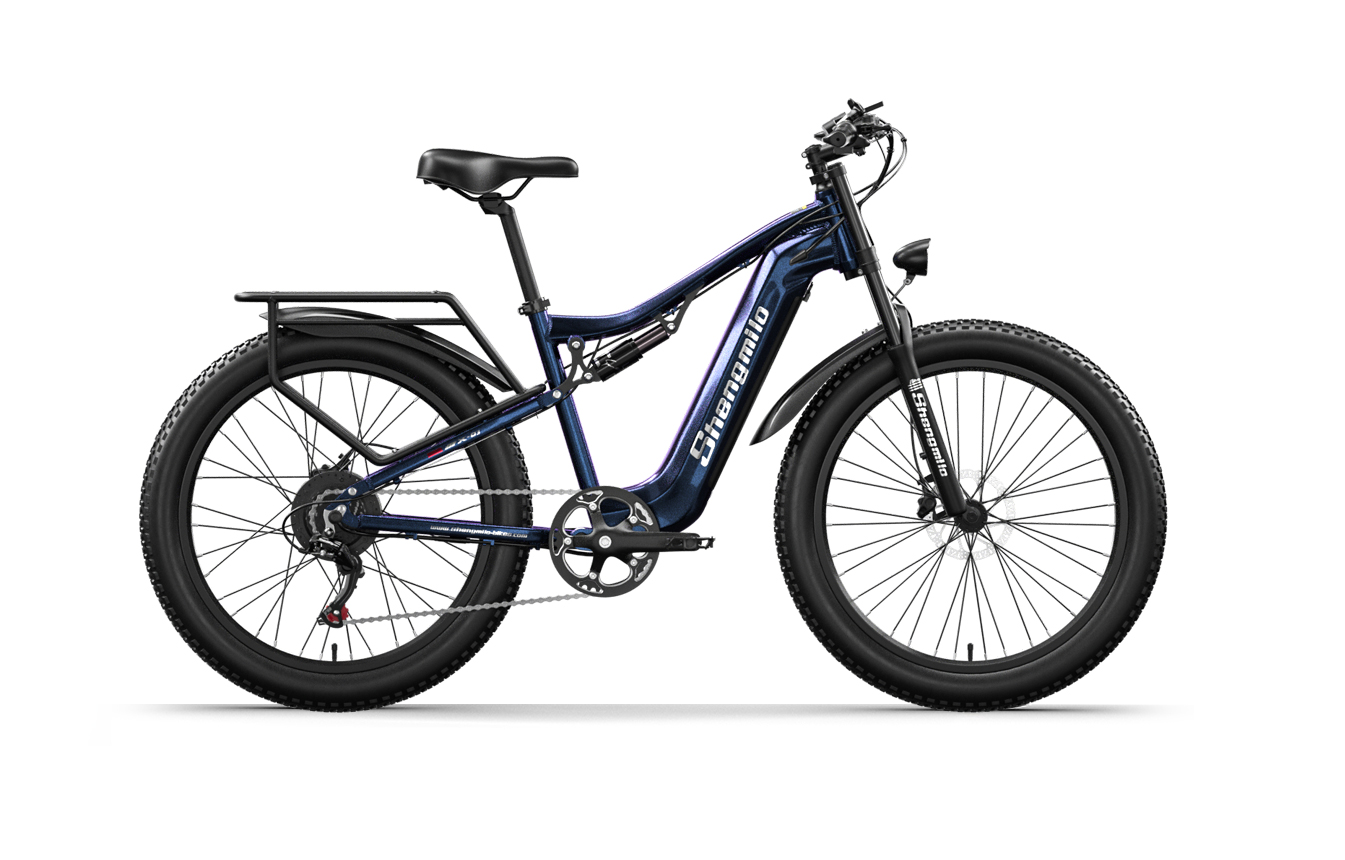
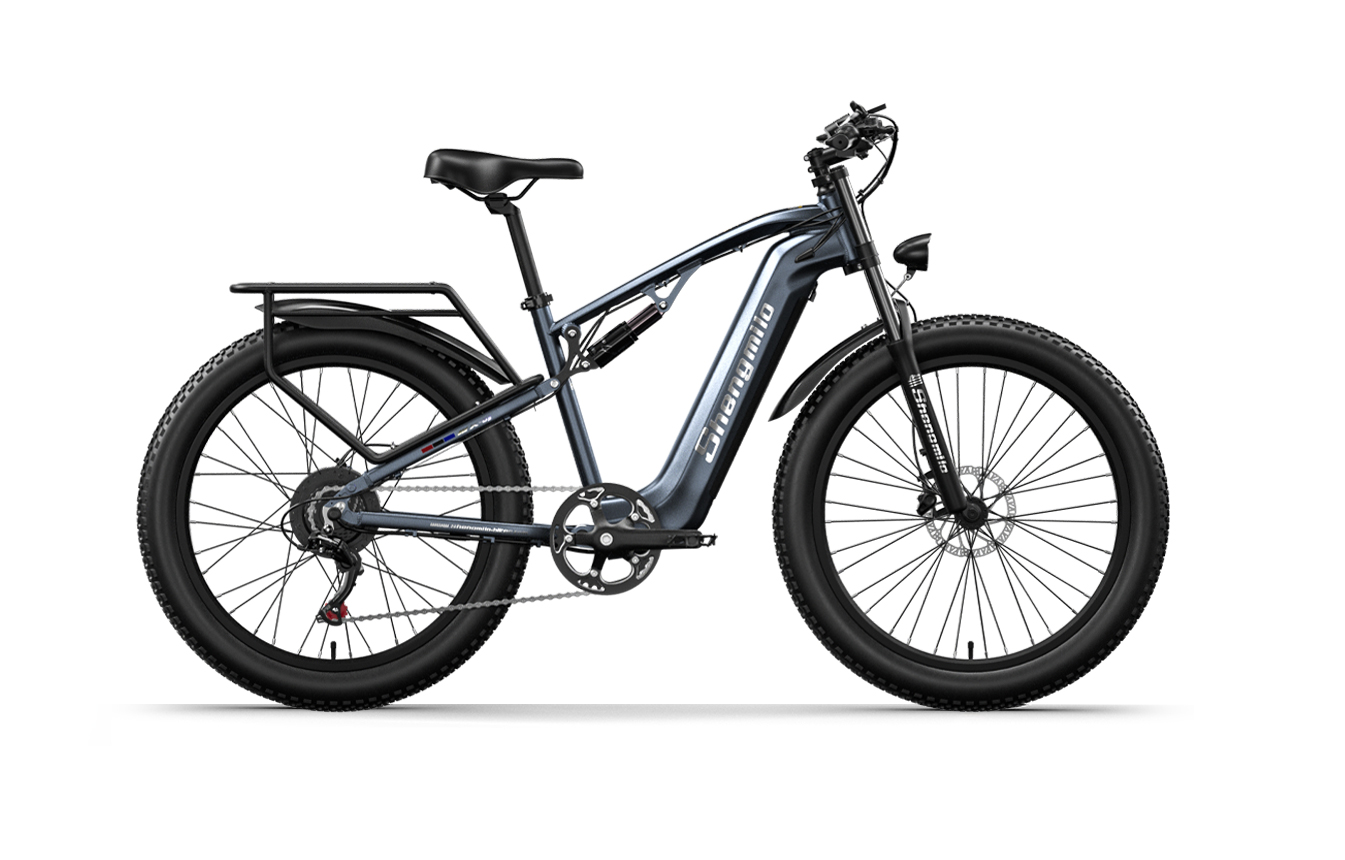




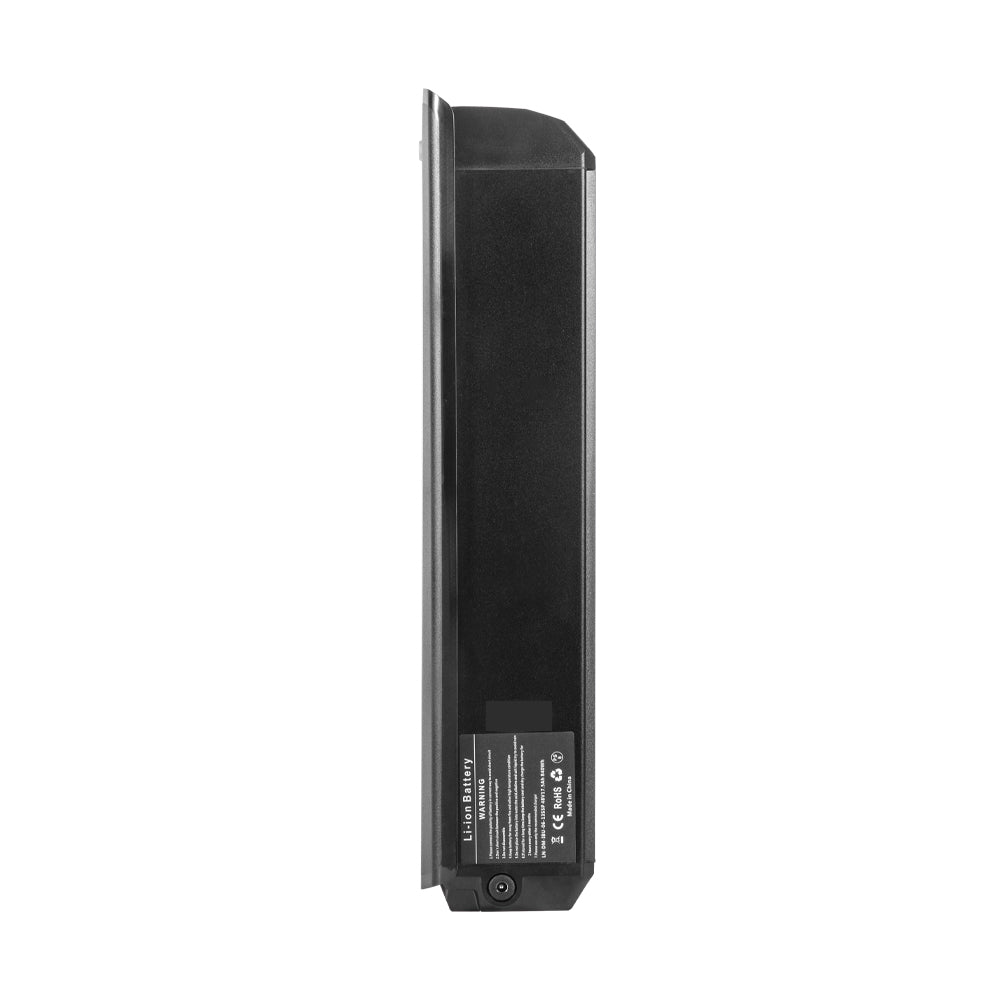


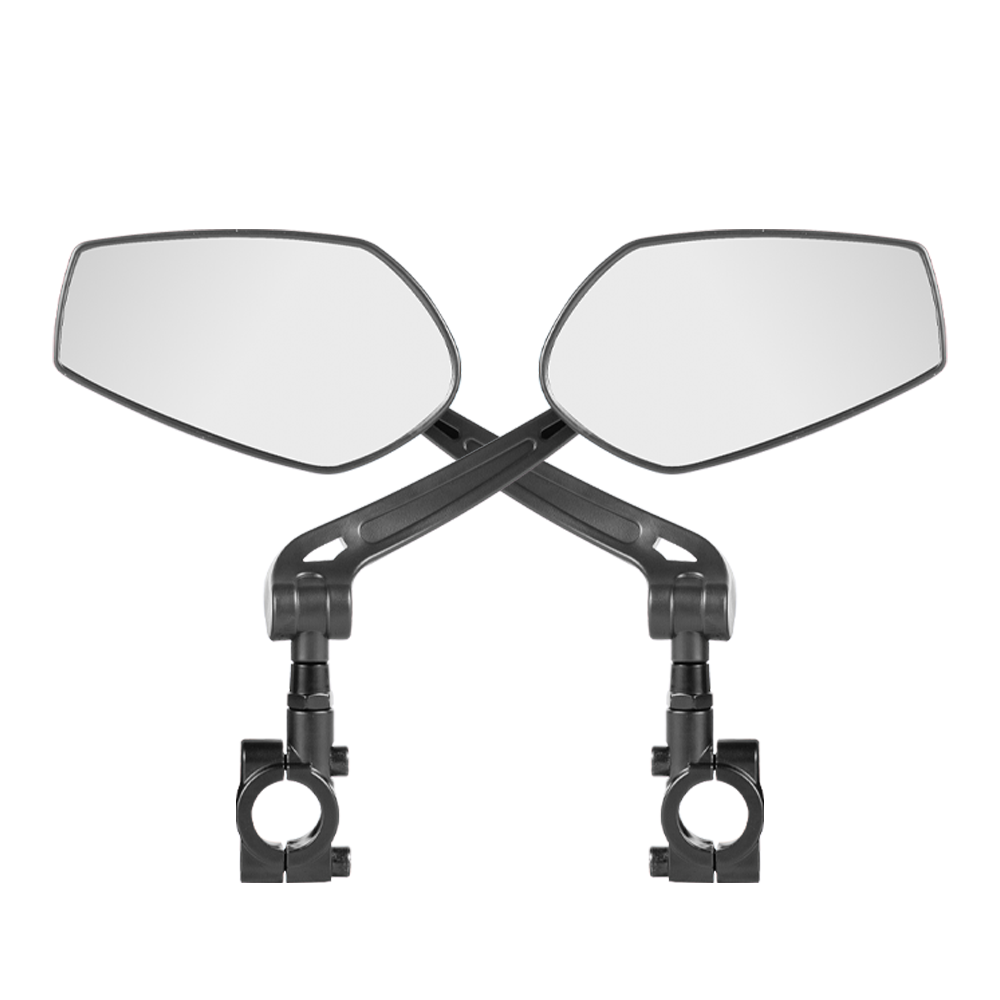


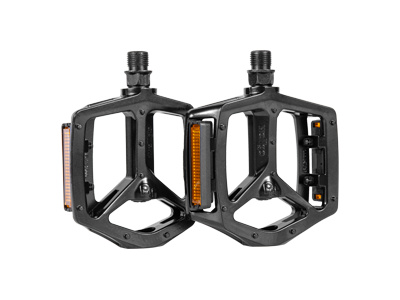
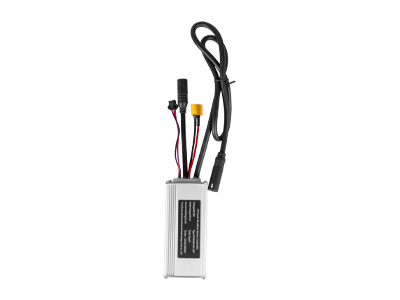








Leave a comment